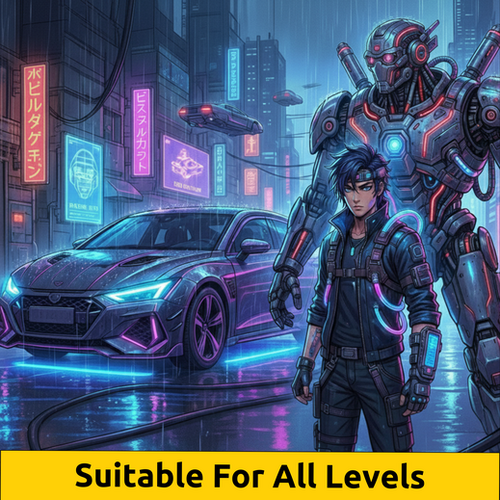| |
| 🔗 Stories, Tutorials & Articles |
| |
|
| |
| Meet the ‘Mad Max’-Loving CEO Challenging Nvidia With a Renegade Chip |
| |
| |
| June Paik spurned a takeover offer from Meta Platforms last year. Now his South Korean company, FuriosaAI, has an AI chip entering mass production. |
|
| |
|
| |
|
| |
| The Architects of AI Are TIME's 2025 Person of the Year |
| |
| |
| The Architects of AI drove the economy, shaped geopolitics, and changed the way we interact with the world. |
|
| |
|
| |
|
| |
| My LLM coding workflow going into 2026 |
| |
| |
Anthropic says Claude Code writes about 90% of its own code now. Why? Because devs are getting smart with AI. They're slicing problems into tight, testable chunks and running structured workflows that keep LLMs on a short leash.
It's not just prompts anymore. Think context packaging, multi-agent setups, and CI loops that keep hallucinations from shipping. |
|
| |
|
| |
|
| |
| Streamlining Security Investigations with Agents ✅ |
| |
| |
Slack broke down how it's threading AI into its product without torching user trust. Slack AI leans hard on tenant-specific data isolation and zero data retention - no leftover crumbs from LLM interactions.
Instead of piping user data through someone else’s APIs, Slack runs LLMs on its own infra where it can. No data joyrides. No surprises. |
|
| |
|
|
| |
|
| |
| 2025: The year in LLMs ✅ |
| |
| |
2025 was the year LLMs stopped just answering questions and started building things. Reasoning models like OpenAI’s o-series and Claude Code took over tool-driven workflows.
Asynchronous coding agents broke out. These models didn’t just write code - they ran it, debugged it, then did it again. That loop fed straight into CLIs and IDEs. Claude Code rode the wave to a $1B run rate. |
|
| |
|
| |
|
| |
| The 2026 Data Engineering Roadmap: Building Data Systems for the Agentic AI Era |
| |
| |
Data engineering’s getting flipped. AI agents and LLMs aren’t just tagging along anymore - they’re the main users now. That means engineers need to build context-aware, machine-readable data systems that don’t just store info but actually make sense of it.
Think: vector databases, knowledge graphs, semantic metadata, and RAG architectures. Less ETL, more autonomous querying. Less pipeline duct tape, more metadata running the show. |
|
| |
|
| |
👉 Got something to share? Create your FAUN Page and start publishing your blog posts, tools, and updates. Grow your audience, and get discovered by the developer community. |





